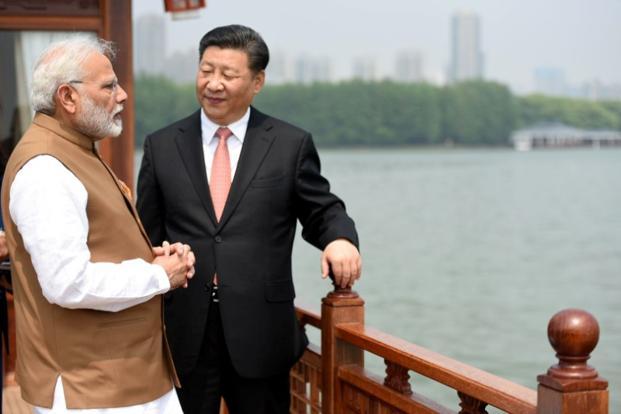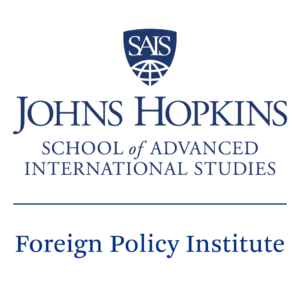It’s no secret that Prime Minister Narendra Modi and China President Xi Jinping don’t see eye to eye on a range of issues, including a long-simmering and sometimes flaring border dispute, the Belt and Road Initiative, and China’s close ties with Pakistan. No one, however, can accuse the two leaders of not communicating.
Consider the following:
- On June 13, the two leaders held a bilateral meeting in the Kyrgyz capital, Bishkek, as part of the Shanghai Cooperation Organization annual meeting
- Xi and Modi will will hold another bilateral meeting this week in Osaka, Japan as part of the G20 leaders summit
- In addition to the two bilateral summits within two weeks of each other, the two leaders will also meet during a separate Russia-India-China summit during the G20
- They will also meet as part of the informal BRICS meeting on the sidelines of the global gathering.
If you are counting, that’s 4 tete-tete’s in less than a month. And if that’s not enough, India will host the second edition of the informal India-China summit later this year, the Economic Times reports, and the two will meet again at a BRICS summit in Brazil toward the end of the year.
Abhijnan Rej has a great piece in the Diplomat, arguing that we are witnessing a profound shift in Indian foreign policy thinking on China, and the world’s two most populous states may be on the verge of a fundamental recalibration of ties. He writes:
As the New Delhi commentariat continues to be riveted by the possibility of a rapprochement between India and Pakistan, a much more pronounced rebalancing when it comes to China is underway.
When the Party Secretary of Guangdong province and Central Politburo member Li Xi met [India Foreign Minister] Jaishankar on June 6, the normally-scrutinizing media here – one that pays particular attention to who is in town and for what – failed to realize its significance. First, reports only perfunctorily noted that the Hong Kong-bordering Guangdong by itself is a major economy a GDP of more than $1.4 trillion, making it bigger than Australia in economic size as well as the fact that Modi’s home state of Gujarat has a particularly close relationship with that province, as “sister states.”…
Li’s visit to New Delhi, thus, is far from devoid of serious significance. One can be all but certain that Li came as Xi’s emissary, though it is unclear to what extent his India trip was planned ahead of the elections here. Whatever be the case, this visit fits nicely in a pattern of low-key but significant engagements between the two countries. Indian press reports have noted an uptick in party-to-party ties, between Modi’s Bharatiya Janata Party (BJP) and the CPC, with a BJP source noting that a high-level delegation from their party to China could be in the making.
If Li’s visit to New Delhi portends to an ongoing recalibration of India-China ties, the rise of the political fortunes of his host, foreign minister Jaishankar, is no less a sign of things to come. While most commentators have focused largely on Jaishankar’s contributions to the U.S.-India relationship (and sotto voce expect him to arrest its downturn), some see in his appointment as foreign minister a concerted effort on Modi’s part to cool temperatures with China.
With India-China trade expected to hit $100 billion this year, both sides may also be following the money toward a more nuanced relationship. Watch this space.


